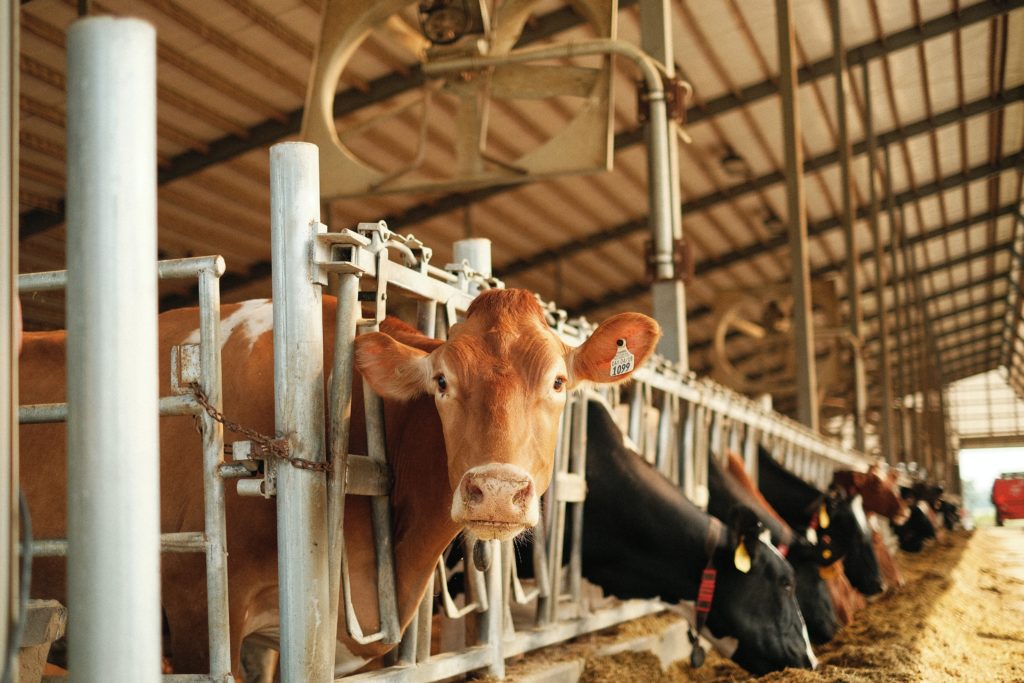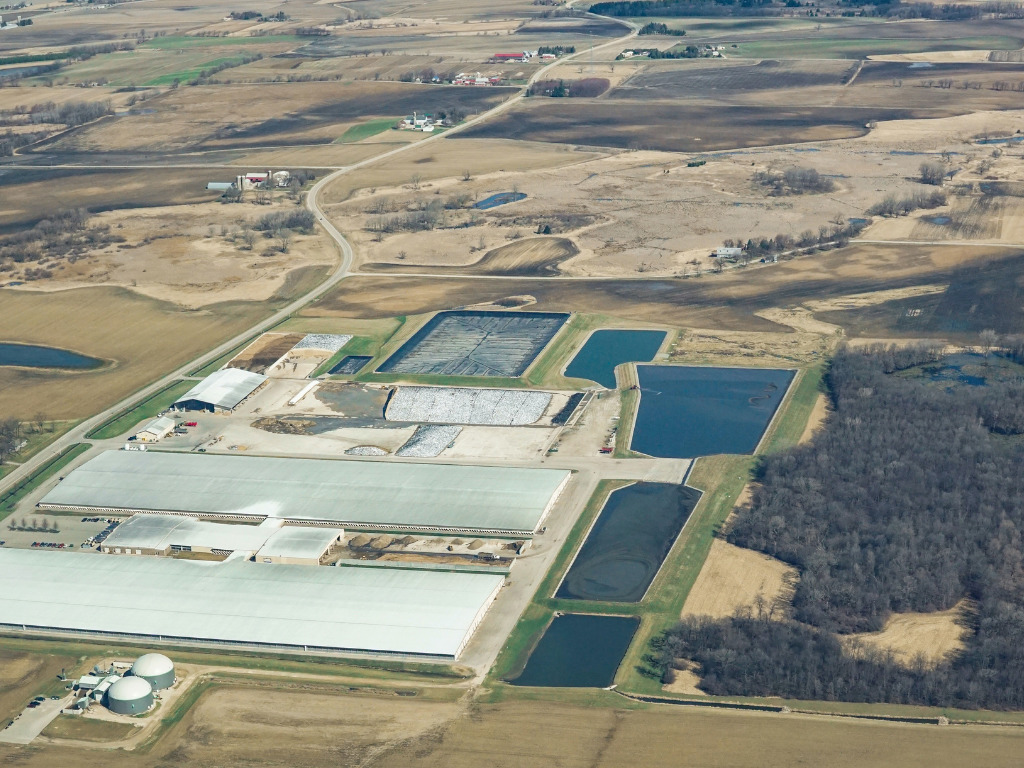3 Mins Read
Humans need to reduce more greenhouse gases than just carbon dioxide to prevent catastrophic global warming, finds a new study.
On the heels of the most recent IPCC climate report installment, which identified the urgent need to reduce emissions by 2025, new research published in the Proceedings of the National Academy of Sciences, finds reducing CO2 emissions isn’t enough to prevent the effects of climate change. It says we need to look at more climate pollutants.
While carbon dioxide is most prevalent and most frequently targeted, the study identifies greenhouse gases including methane, nitrous oxide, black carbon soot, low-level ozone, and hydrofluorocarbons—all of which they say contribute almost as much to global warming as longer-lived CO2.
Greenhouse gases
“Decarbonization is crucial to meeting our long-term climate goals, but it’s not enough,” said study co-author Drew Shindell, Nicholas Distinguished Professor of Earth Science at Duke University. “To slow warming in the near-term and reduce suffering from the ever-increasing heatwaves, droughts, superstorms and fires, we need to also reduce short-lived climate pollutants this decade.”

The IPCC’s recent report called for drastic decreases in methane—30 percent by 2025. Methane is a byproduct of animal agriculture and fossil fuel extraction, among other causes.
According to the new research, slashing CO2 emissions is crucial in keeping temperatures from rising more than the Paris Agreement target of 1.5°C over pre-industrial levels, but it is not enough. When coupled with drops in the other GHGs, which have a shorter atmospheric life, the researchers say there’s a greater chance of thwarting adverse climate-related issues. “[C]utting them will slow warming faster than any other mitigation strategy,” Shindell says.
Climate action
The researchers say a focus on other gases will also help to avoid a short-term warming “backlash”—which would see temperatures rise past the 1.5°C threshold, at least temporarily.
Earlier this month, the World Meteorological Organization forecasted a 50-50 likelihood that human-caused climate change would push temperatures past the threshold.

“We’re going to see continued warming in line with what is expected with climate change,” said UK Met Office senior scientist Leon Hermanson.
But reversing temperatures and preventing catastrophic events is still possible. And there’s hope in even the unlikeliest of places. New research published last week found that even your cat could help fight climate change. A component in cat litter could absorb methane from mining and livestock operations before it seeps into the atmosphere.
Lead Photo by Amelia Bates on Unsplash




